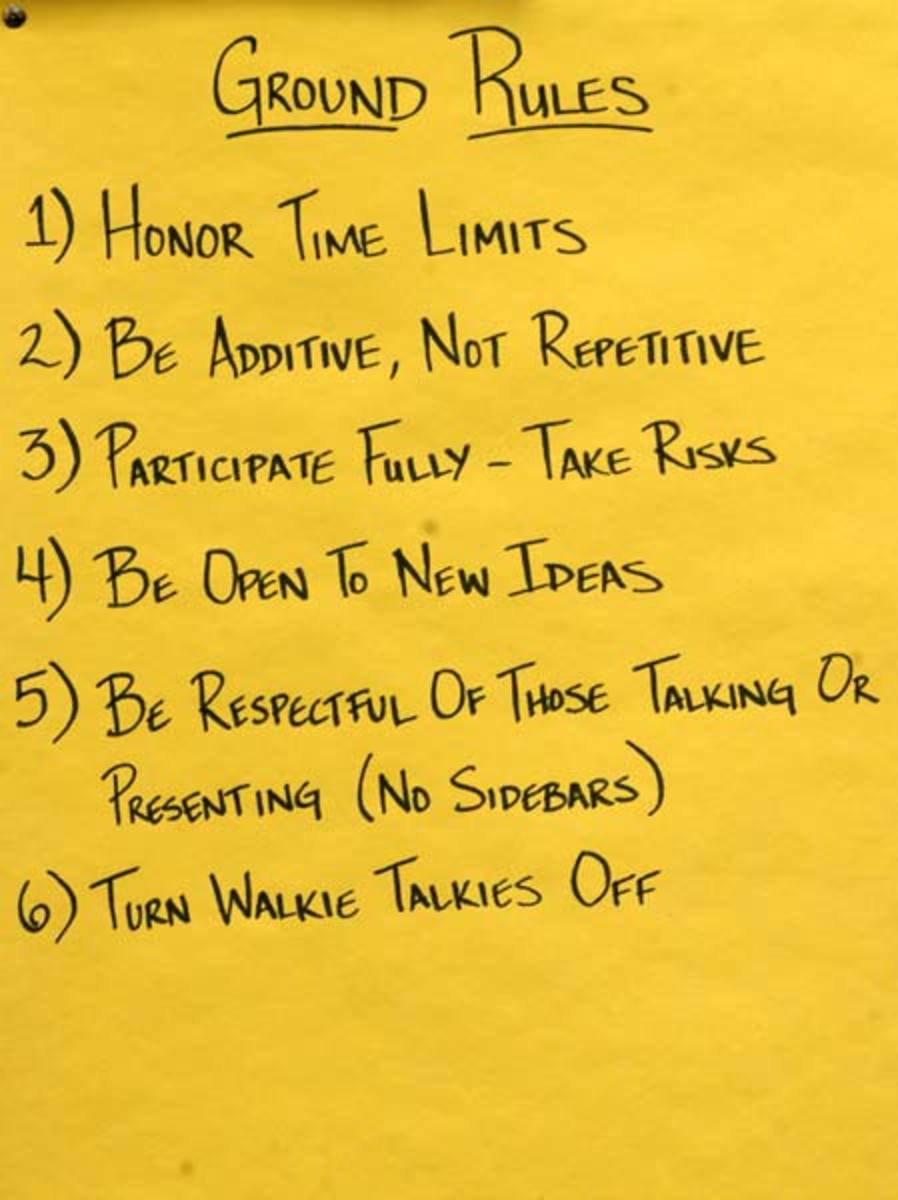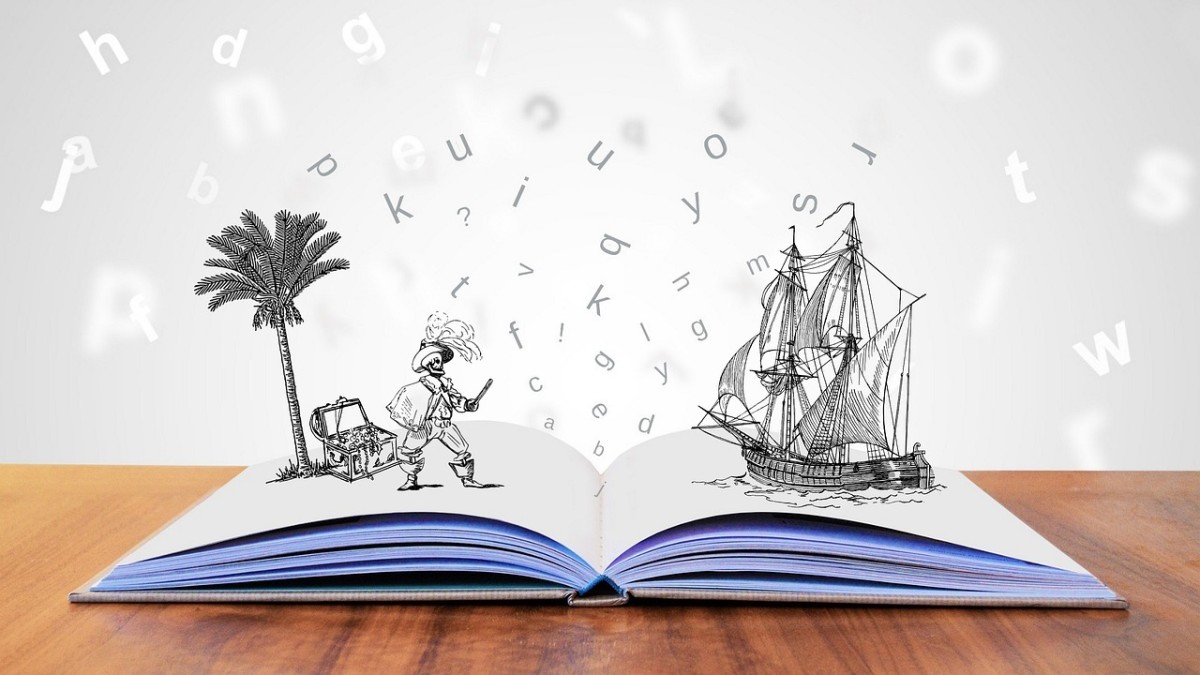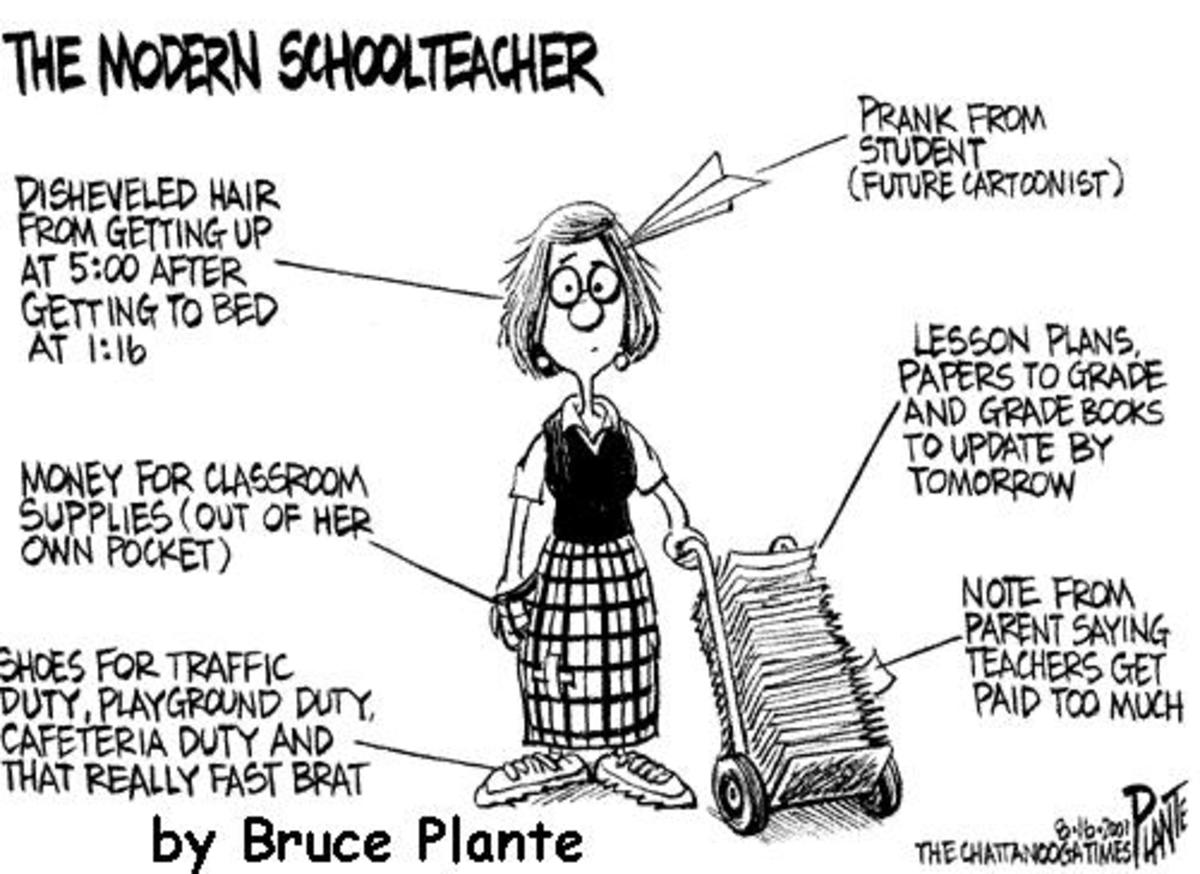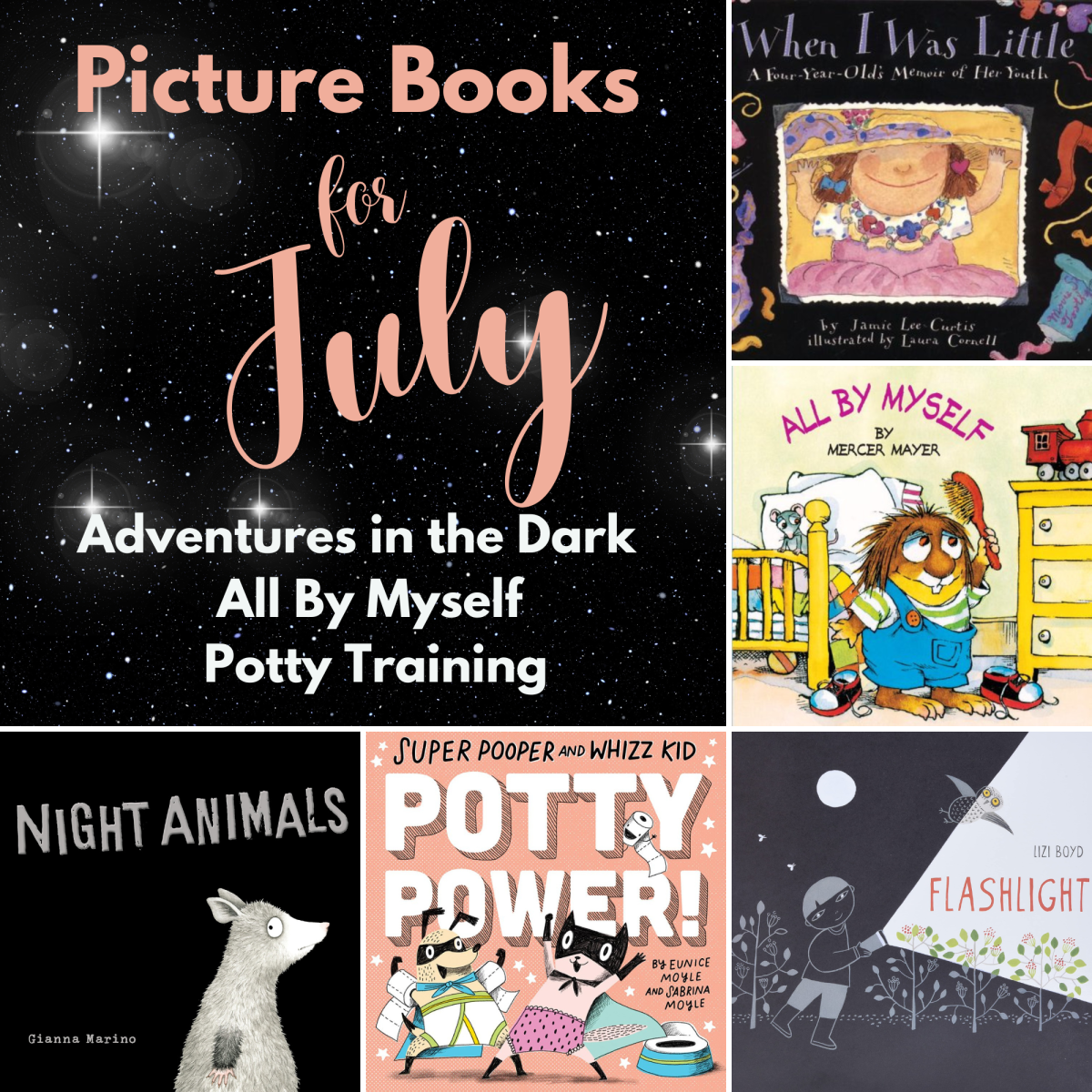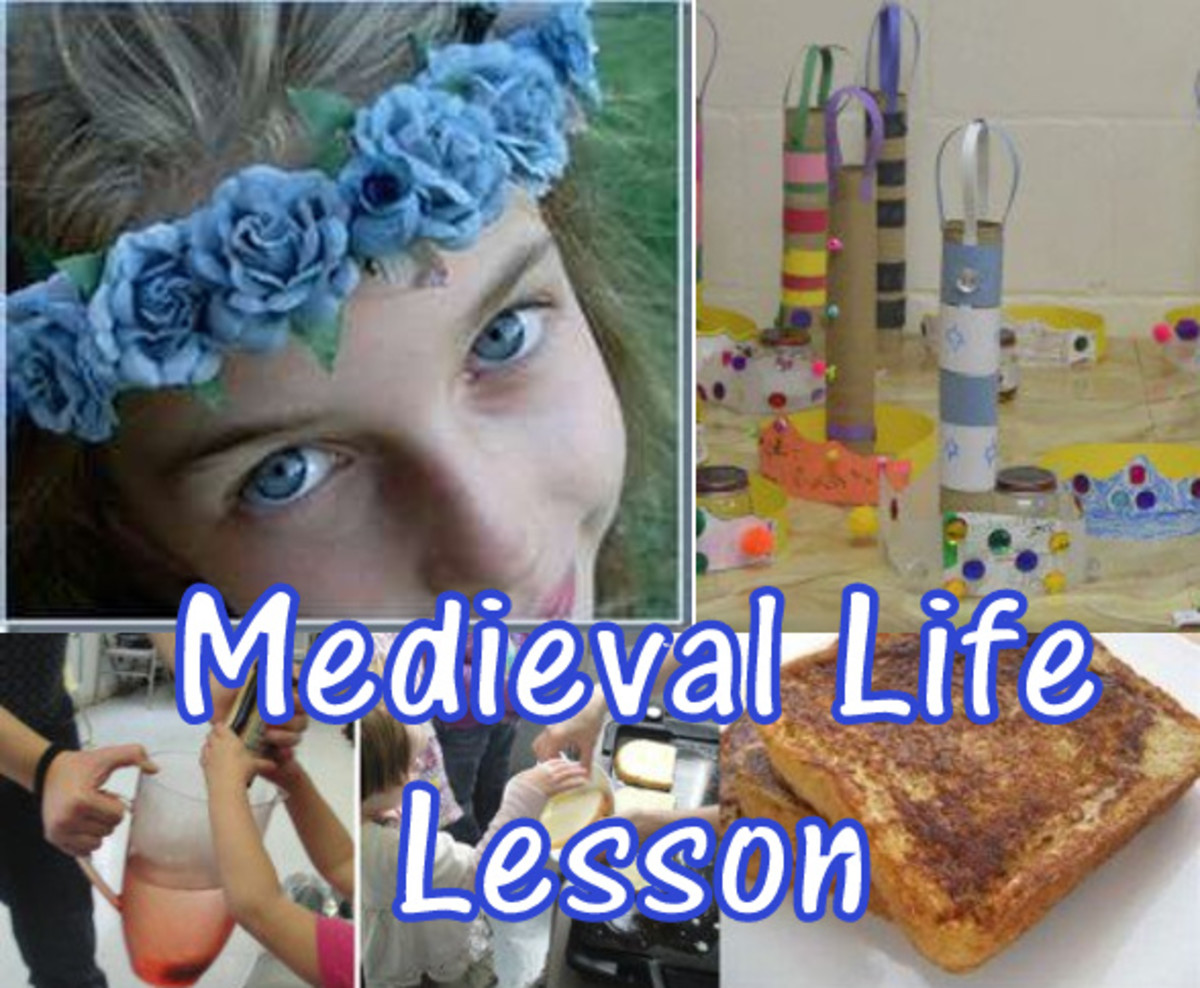PTLLS - Theory – Ground Rules, Roles, Responsibilities & Boundaries
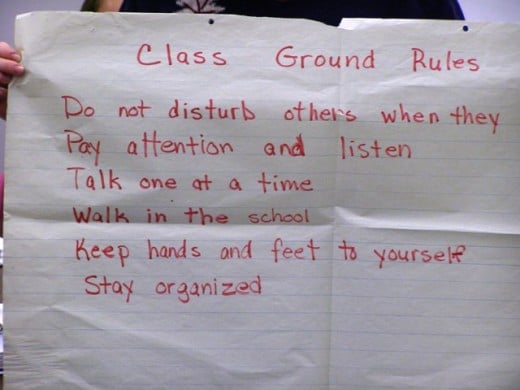
Hello guys, this is my own assignment from my PTLLS (Preparing to Teach in the Lifelong Learning Sector) course for which I achieved Level 4. I havn't included my references or bibliography but if would like them, then just email me and i shall pass them over.
Obviously this is only to be used as reference, its on your own conscience if you plagiarise and more importantly if your found out to have done so, you wont be treated lightly.
PTTLS Assessment Task 1: Theory – Ground Rules, Roles, Responsibilities & Boundaries
The aim of this assignment is to define ground rules, roles, responsibilities and boundaries as a teacher and how they connected with the teaching cycle. I will start first with defining ground rules.
Ground rules are used to lay down order, responsibility and accepted behaviours amongst learners. Ground rules are used because ‘all learners require boundaries and rules within which to work’ cites Gravells (2010a:7) with which I concur as we all need rules to work within yet they are used for other reasons such as to reduce anxiety. We set ground rules like ‘all to participate’ and ‘constructive criticism only’ to include all learners and to avoid unconstructive replies which may lead to a sense of being bullied.
I could set ground rules by simply stating some common ground rules that I have chosen to my learners and write them up on the board for the learners to see. Another way would be to sit down with the learners on their first day and have a group discussion or break the class into groups and have the learners brainstorm their own rules and writing the suggestions up on a board and then democratically voting for the most appropriate rules. Alternatively in a similar manner each learner could each say a rule aloud and we could instate the modal rules.
I always keep the first rule of teaching in mind; ‘ASSUME NOTHING!’, (Wilson 2008:8) when setting my ground rules, although I have some predetermined rules in my mind such as ‘punctuality’ and ‘mobiles on silent’. I would set my ground rules by grouping the class into teams and asking them to choose five rules per team, once that was completed I could then write all the suggestions on a board and invite the class to discuss which ones are appropriate and ones that are not and choose accordingly. Equality and diversity is promoted because the learners get their voice within making the ground rules fair.
I consider my role as a Numeracy Teacher to be a coalescence of facilitating specialist knowledge and a duty of care for my learners, though my role is much more than that, it sometimes requires me to be mentor or even an absent friend to support my learners emotionally through their learning. All of this provides me the means to facilitate learning the best I can, through the application of my roles in relation to the teaching cycle as detailed below and defined at the rear of this assignment.
Starting with the initial assessment stage I would go about this by conducting interviews with new applicants and assessing their subject knowledge and also discover their learning style using Fleming’s (1987) aural, visual and kinaesthetic definitions in conjunction with Honey & Mumford’s (1986) learning styles to plan their learning journey. I would then decide their aims and record these on the learners ILP (Individual learning plan). It is cited by Gravells (2010a:27) and Wilson (2008:15) that you can start at any point within the teaching cycle for which I agree with as in the case of taking over a colleagues class.
When planning schemes of work and lesson plans, I include equality and diversity by making references from all cultures and making sure to comply with the Disability Discrimination Act (2005: Part 4). I use Maslow’s (1954) Hieracrchy of Needs when developing the course to make sure all the needs are met by applying his pyramid to my SOW and lesson plans to make sure all his needs are met. I could ask for feedback from my learners as well to further ensure I met the Hieracrchy of Needs from their perspective and actioning any problems as they arise.
My roles concerning delivery are to keep up to date with teaching theory and subject knowledge via continuing personal development and promoting a wide range of active learning via use of available media and practicals. This is so the students can comprehend more as suggested by Laird’s (1985) sensory theory, where he belives greater learning will take place if the senses are engaged. I feel assesment should take place continually within mathematics to ensure mastery has taken by means of recapping what was taught and to pinpoint difficulties as noted by Petty (1998:402-3).
Evaluation and review is is important because ‘only people who reflect on, and learn from, past successes are failures are able to improve’ asserts Petty (1998:377) and as such this is true both for teacher and student because without realizing the mistake and learning how to correct it we will never understand why we went wrong in the first place. For the student I would provide them feedback on how to improve. For the teacher this is achieved through peer observations, student feedback and external moderation. At this point in the cycle we would look at what is relevant or if the lesson plans, content and delivery methods needed to be simplified or removed to enhance the learning.
I consider my roles and responsbilites to be an amalgamation of ideas that flow and are hard to define individually. However there are several responsibilities that are in place to safeguard my learners, myself and all of the stakeholders, therefore these must be separated and are stated below:
IFL Code of Practice;
· IMA (Institute of Mathematics and its Applications) Code of Conduct;
· Health and Safety at Work Act (1976);
· The Management of Health and Safety at Work Regulations (1999);
· Risk Assesments;
· Child Protection Guidelines;
· Disability Discrimination Act (1995 and onwards);
· Copyright Guidelines;
· Data Protection;
· Inclusion of every student;
· Duty of Care towards students and in loco parentis for younger students;
· Equality and Diversity legislations;
· Disciplinary policies;
· Terms and conditions of my employment.
There are many responsibilities that I enforce for the protection and they are paramount thus are included within my teaching cycle. For Instance if I failed to ensure my students complied with copyright guidelines then they would all fail and this only proves the importance of fulfilling my roles and responsibilities.
There are professional boundaries that I must work within in the same sense that my learners must work within the ground rules. My boundaries exist not only with my students but also with colleagues, superiors and outside agencies. I have personal boundaries that I must not cross with students such as socializing.Knowing when to refer is an important part of my boundaries because even though ‘we might like to help, … are we really the most effective person for the learner to consult?’ cites Wilson (2008:23) and the answer is that if its to their personal, fiscal or social needs then we will have to refer so they can get the specialist help they need . For example if I suspected that a student is suffering abuse at home and I am obliged to report this to appropriate authorities.The way to handle this is by alerting superiors to what I have noticed and allow those trained to handle the situation with which there could be serious consequences if not handled correctly.Here I allow the specialist help to intervene with my learner and thus realizing the boundaries of my role as a teacher and utilzing the appropriate help.
So in conclusion I find that boundaries and ground rules are in place to keep us and students within our means, to avoid incidents and to help create a utopian environment for learning. However in contrast ‘the roles and responsibility of the teacher is a complex one’ expresses Wilson (2008:4), and I agree to the complexness of these as they are hard to define as separate parts of a teacher, yet are so integral to me being a successful teacher that it is vital for me as a new teacher to understand my place within a students education. In my opinion they are a flowing entity to ground me as a teacher and also give me the tools to become a better educator.
Word Count 1150
Thank you for reading my PTLLS Hub, I hope this has been of use to you. Please read my other hubs and leave a comment, if this has helped you!
Mike

